Motorhome holidays in Europe - how does it work? We received an email from a couple planning a 3-6 month motorhome holiday in Europe, starting in spring 2016. They had some questions, and we agreed to answer them here on the blog. Maybe someone else will benefit from the answers - or can contribute with more answers!
Innehållsförteckning
1. pitches or camping?
How do you (usually) choose to park your motorhome during your motorhome trip in Europe? I'm thinking like free camping, pitches, campsites etc... And why do you choose that?
We usually choose camping or a fenced-in site with electricity because we want our motorhome to be safe when we leave it and because we find it convenient to have access to electricity. We prefer camping when we want to be in the countryside and have the opportunity to sunbathe and exercise.
We prefer to pitch when we want to get close to a city or attraction - and sometimes because of the price! We free camp on occasional nights, e.g. if we are in the countryside somewhere or perhaps in a scenic spot where it feels safe.
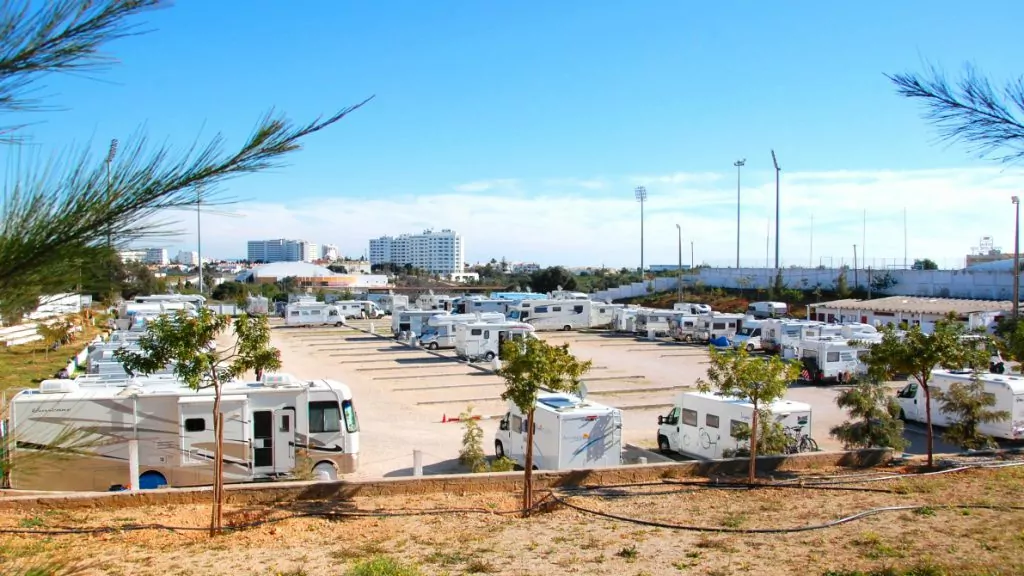
2. How do you get around?
I guess you usually have to park your campervan a bit away from villages/towns/sights? How do you get around once you are in a place? Is it normally a short walk, maybe 15-20 minutes, or is it usually longer than that to get to the centre/attractions?
When we visit larger cities, we try to find a campsite or fenced-in site where the motorhome can be safely parked when we leave it. In Seville we were able to walk from the site to the city centre, but often it's the bus or metro.
When visiting smaller villages, we park as centrally as possible and walk from the car park. At major attractions, there are often large car parks nearby, often with specific spaces for motorhomes.
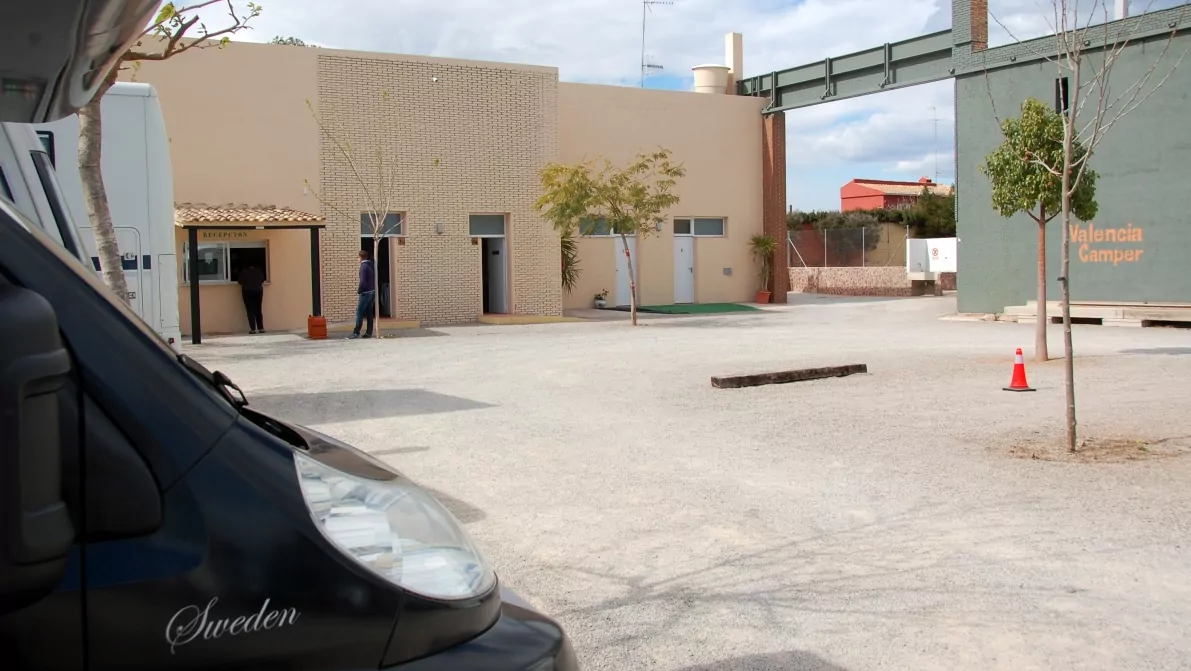
3. What to consider?
Do you have any tips on what not to miss when travelling for a long time? Is there anything you couldn't predict you would need before you left? Which gadgets can you do without and which are essential?
Our biggest problem during our motorhome trip in Europe has been the gas! We travelled with two Swedish LPG tanks, and they cannot be changed or refilled in Europe (with a few exceptions, including some places in Portugal).
Probably the best thing to do when travelling through many different countries and also during the cold seasons (when more LPG is used) is to install a fixed LPG tank. Then you can refuel at special stations in each country.
If you're only travelling in the summer, when it's hot, you can probably get by with full Swedish tubes! Another mistake we made was bringing a charcoal grill instead of a gas grill - it turns out that most campsites have a ban on charcoal grills. Some other important things to bring:
- Roadside assistance insurance including emergency phone numbers
- ACSI camping card and the camping catalogue (if you want to stay on campsites).
- Lists or apps of parking places (e.g. Flight atlas and CamperContact)
- GPS and a good map of Europe
- The motorists' book Discover Europe by car is useful with information on traffic rules, road charges, etc. in different countries.
- An unlocked mobile phone so you can buy cash internet sim cards for your phone and share with your computer (or other internet solution).
- A water hose with different nozzles, in order to filling water in the motorhome
- European glove for the electric cable
- Any prescription medicines
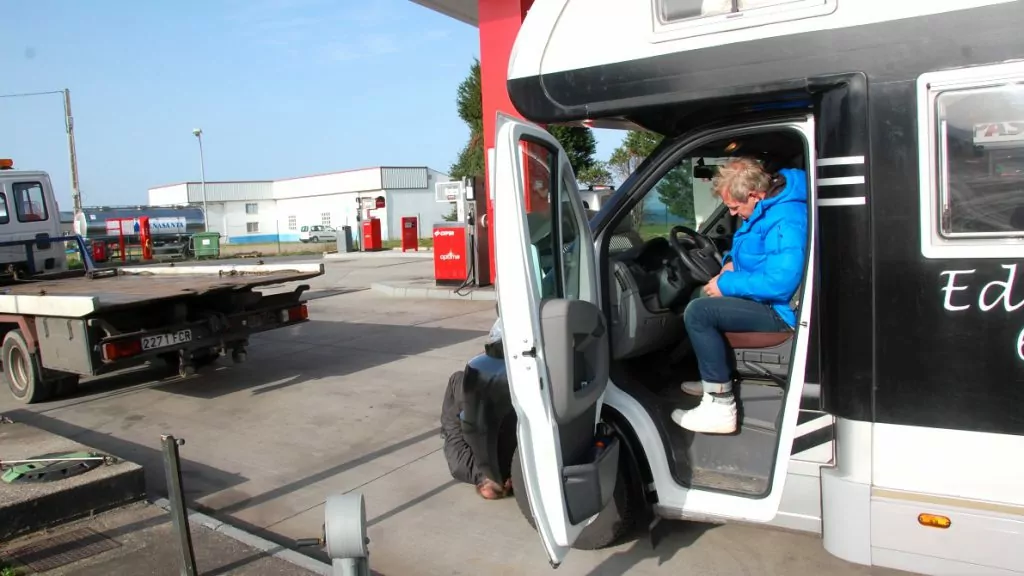
4. How far can you drive?
We are thinking of driving around 350 kilometres per month. What are your spontaneous thoughts when you hear that? Does it seem too far to experience the countries and enjoy life? What do you usually spend per month?
We think that 350 miles/month sounds a lot. We have driven about 150 miles/month, except for the first month when we drove down from Sweden and therefore extra long. We have taken it easy, and several times stayed one or more weeks in the same place.
Driving will also be more pleasant (and cheaper) if you can choose slightly smaller roads, instead of pushing on the motorways. Also keep in mind that it takes time to pack up, empty and fill tanks, refuel diesel, shop for food, etc. You should have some time to experience and enjoy as well!
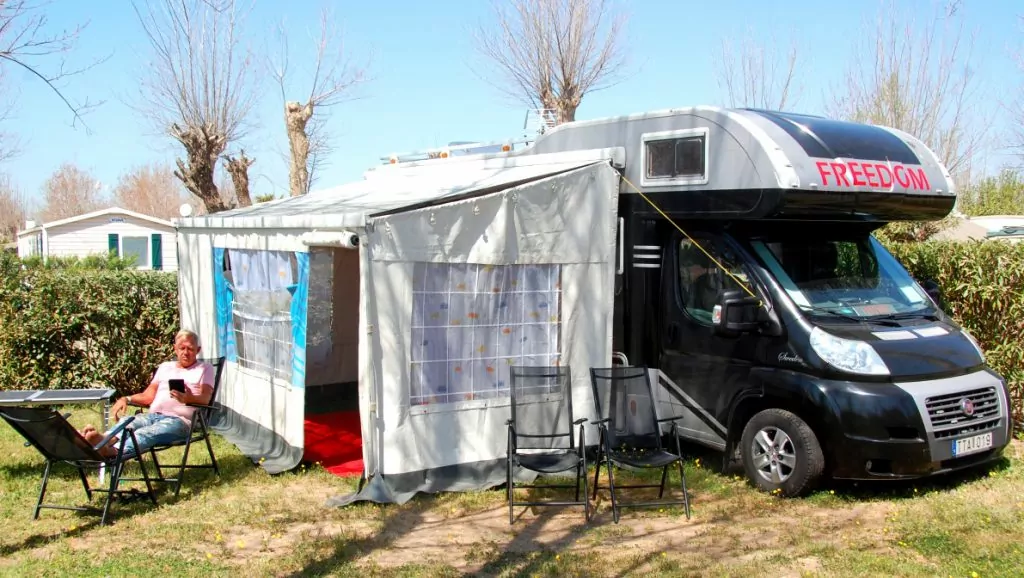
5. How much does the trip cost?
We're trying to work out how much a trip like this might cost and wondered if you could share what your average monthly costs are? Or if you can give us an idea of the cost of car parks with electricity, road tolls and other such costs.
The costs of course depend on your priorities and how you want to live during a motorhome trip in Europe. We choose to roughly sketch out prices (as we experienced it in France, Portugal and Spain), so maybe you can make a budget based on this!
- Accommodation - Pitches with electricity in low season: about €7 - €15/day. Campsites with ACSI discount in low season: about €16/day. In July and August, prices are much higher, especially for campsites.
- diesel - The price is usually around 12 kr/litre.
- Gasol - Replacing a LPG tube can cost around €300-350. If you have a refillable bottle, it's much cheaper (in Portugal we paid about €160 to fill a tube). If the gas is not used for heating, one tube lasts about 2 months. When we went camping last winter and it was 0 degrees centigrade, one tube lasted only 3-4 days!
- Road charges - Driving on toll motorways can be expensive, especially with a motorhome! Sometimes you can end up paying 200-300 € for 10 kilometres. There are almost always other routes available. We try to avoid toll roads as often as possible!
- Bridges and ferries - Some bridges have bridge tolls and ferries are of course expensive. We will take ferries to Corsica, Sardinia and Sicily which will cost about 1500 - 2500 SEK per trip.
- Food - In Spain and Portugal, food was much cheaper than in Sweden. In France it costs about the same as in Sweden (but the quality is high!).
- Attractions - It's not a huge expense, but it does cost a few hundred pounds every time you visit a major attraction. The car parks outside can also be quite expensive at times.
- Restaurant visits - For the two of us, a meal out usually ends up costing about SEK 400. We only go out to eat once a month.
- Internet - Internet SIM cards can cost about 150 - 300 kr for 2 GB. WiFi is included at some campsites and costs extra at others. Tariffs vary, but you may have to pay £150 for a week (usually only for one user at a time).
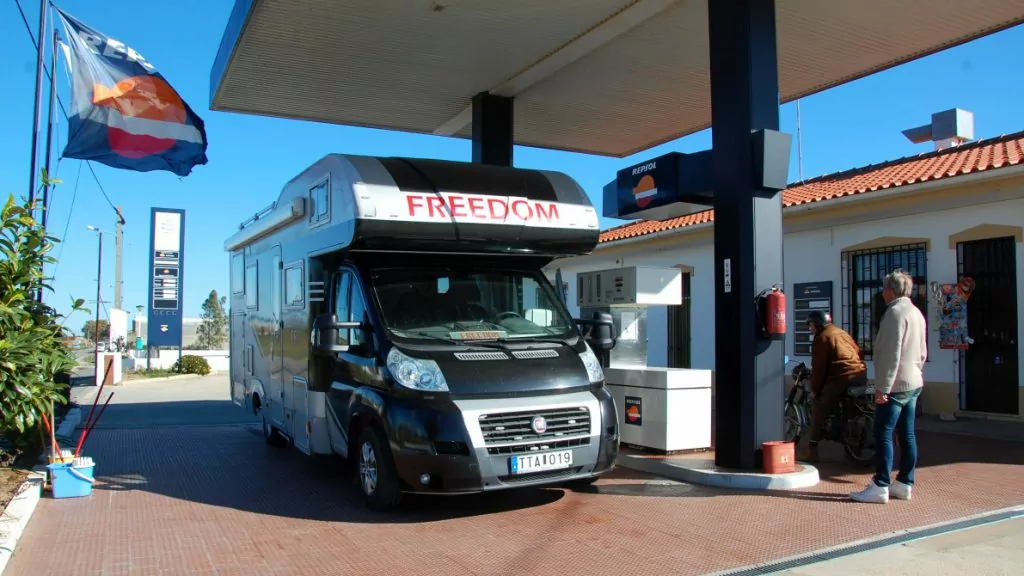

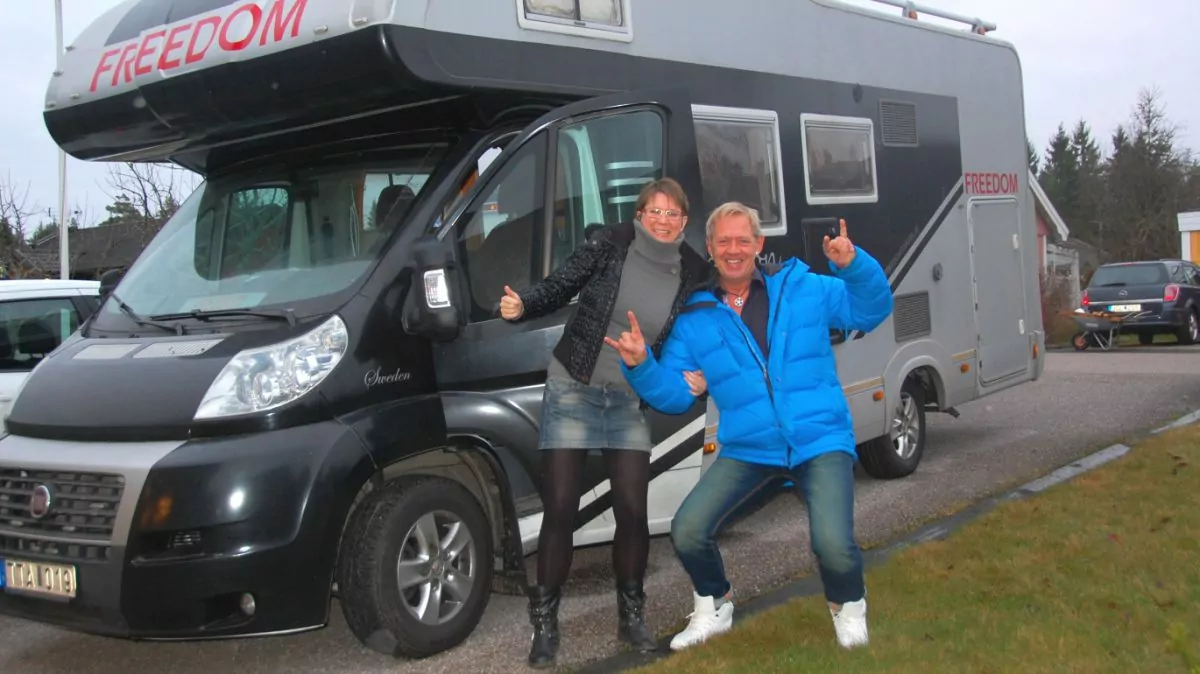
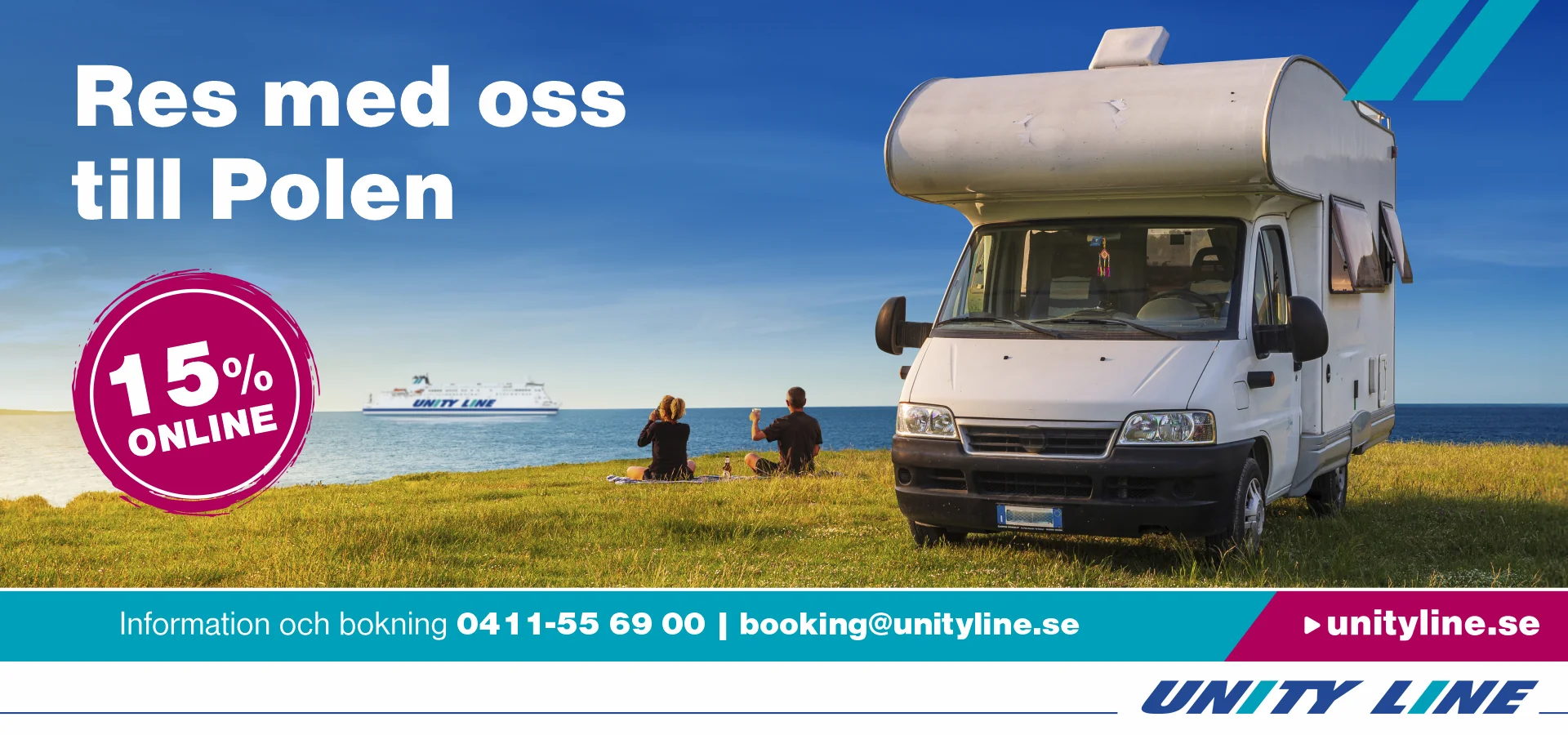








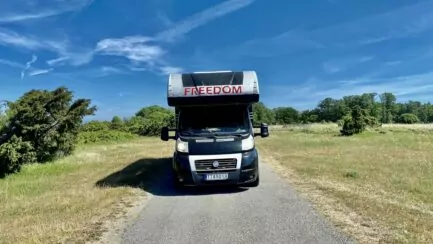
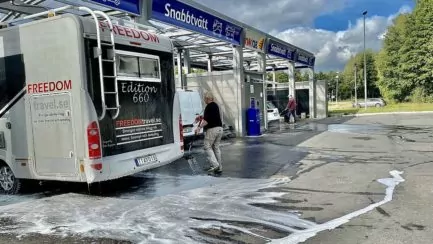
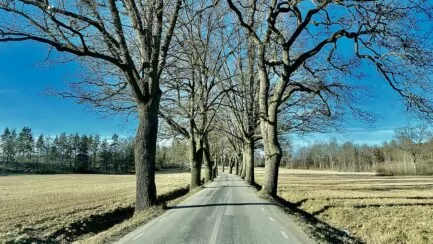
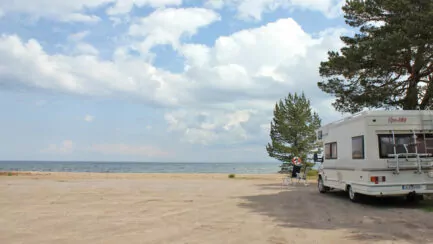
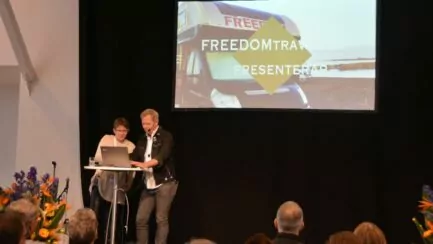
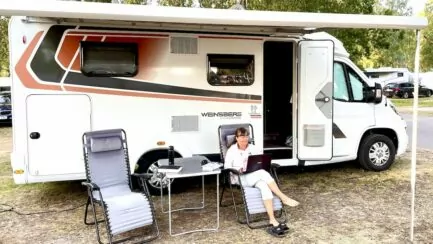



BP says:
Many good tips even for non-campers! When I made an estimate of what it costs to be out for a whole year, it is really "many small streams", ie. it will be a considerable total sum.
So as not to forget all the things you have to think about - and yet you still forget a few things...
Very good post!
29 April 2015 - 20:28
Jonas says:
Hi, guys,
My partner and I are not experienced motorhomers, but are thinking of a trip very similar to yours. Planning for a year of wandering around Europe. We use your blog as an encyclopaedia and soak up everything you share, thanks for a great blog.
A couple of things on the list that we think we will benefit from are:
- wok/grill pan for the barbecue
- bicycles
- navigation app for the tablet, IGO Primo
- extended travel insurance
- audio books
- tick vaccine
//Jonas
29 April 2015 - 22:17
Steve says:
You are more like a goldmine for current and future motorhome travellers. Or as BP points out, for all travellers.
As I follow your journey, I really understand the importance of careful preparation. Going on a long motorhome holiday, or any other type of holiday, is not just about "letting go" of everything and leaving. Rather, it's having the best possible grasp of everything before you set off. Surprises, both positive and negative, are bound to happen anyway, which of course is part of the experience/charm of travelling.
I think that your travel story here on the blog strengthens many who now really dare to think about still "going away" on that dream trip that they have talked about for so long. Have a good time!
30 April 2015 - 6:07
Znogge says:
They certainly addressed the right people 🙂 .
Happy May Day even if it is not celebrated where you are now!
30 April 2015 - 6:20
admin says:
BP, that's right! Everything costs and being out is not free, even if we mostly eat in the car, etc.
Jonas, how fun that you are planning a motorhome trip like this! And thanks for the nice comments about our blog!!! Thanks also for more ideas about packing! Agree that bicycles can be very good! We have neither space nor weight over, but sometimes we have missed not having bicycles! Instead of audio books, we each have a reading tablet - takes up no space and weighs nothing, but holds 2000 books and can be charged while we are abroad.
Steve, we hope that more people have the courage to go! This is a wonderful way to travel! Of course, it takes some planning if you're away for a long time, and some of it is about accommodation at home, work, bills and so on...
Znogge, thank you!
30 April 2015 - 8:21
Birgitta says:
Want to add a passport and that any dog has a passport + all necessary vaccinations.Important is the extended travel insurance that is included in Folksam's motorhome insurance if you are a member of the Motorhome Club.
30 April 2015 - 8:43
Lennart says:
Thanks for the tips!
LPG Tank bottle we bought a few years ago!
Among the best we have done in terms of equipment!
Priceless in Europe.
Have a nice weekend!
30 April 2015 - 11:56
Ditte says:
Thanks for the great tips! You have so much experience and I enjoy reading your tips. The financial and practical aspects are good to have with you even on a car holiday. Keep up the good work and have a nice Valborg.
30 April 2015 - 12:15
solan says:
We got a good tip on travel insurance, ERV formerly Europeiska, half the price of what e.g. Länsförsäkringar charges after 45 days. We are out for 4-6 months on a European trip.
30 April 2015 - 13:33
admin says:
Birgitta, thanks for more great tips!
Lennart, yes we have realised that it would be good to have one!
😉
Ditte, yes, the prices apply generally.
Solan, travel insurance after 45 days can be very expensive, so great tips!
30 April 2015 - 17:43
Lars andersson says:
Hello!
You are amazing with your journey, sharing yours with us
Fantastic experiences that you have had.
Those of us who haven't been outside get a lot of free stuff from your programmes.
Experiences you had to look for.
You have given us so much.
Are they good?
Lars and Inger
30 April 2015 - 18:51
Bosse och Gerd says:
We want to do our part to remind you of this with an extra insurance policy if you are going to be away for more than 45 days (the time your travel insurance normally covers).
Why, many will ask - well, because if you become seriously ill and the doctor in the country you are in decides that you should be operated on and treated in your home country - well, then an air ambulance costs between 100,000 - 300,000 SEK to fly you home, depending on where in Europe you are!!!
30 April 2015 - 20:10
admin says:
Lars and Inger, glad to hear that you appreciate us sharing our journey!
🙂
Bosse and Gerd, thanks for the good point! We actually travel without that insurance (very expensive if you can't get it through Folksam, which we can't because we don't have our home insurance there because they don't insure houseboats). BUT it is of course much better to have this kind of insurance!
01 May 2015 - 7:47
Kenneth o Britt says:
Very good that you answered the blog so more people can get answers to questions about longer trips abroad.
And don't be afraid, most things work out and there are good blogs and forums to get tips from.
Just get out and enjoy.
Bonvoyage - Have a nice trip
Enjoy yourselves.
Greetings
Kenneth and Britt
02 May 2015 - 15:39
Eva says:
Thank you so much for all the info you share! This really helps us in our thinking/planning of a longer motorhome trip that we are considering.
04 May 2015 - 15:26